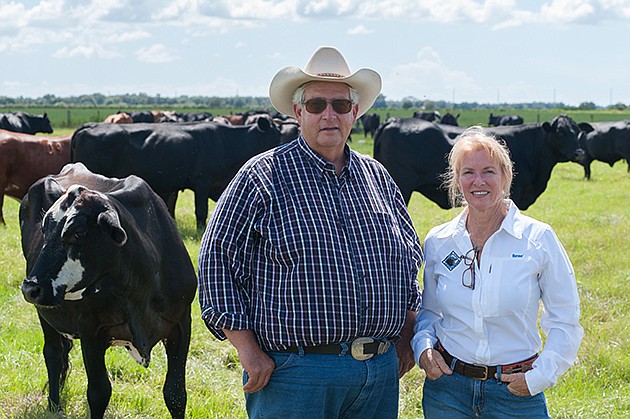- December 13, 2025
-
-
Loading

Loading

Executive Summary
Company. Strickland Ranch Industry. Agriculture Key. Ranch is adding a farm-to-table segment to its business model.
Jim Strickland's promotion at his Myakka City family-run cattle and citrus farm came suddenly and tragically.